Last post:
The life of Buon Ma Thuot is not only interesting in the story of the flow of time and the journey of making a living and establishing a career of the residents, but also attractive when decorated with the famous specialty - coffee. On any big or small street here, it is easy to find coffee shops, from classic to modern style, from garden models, open spaces to sidewalk stalls. Our ancestors have a saying "A piece of betel is the beginning of a story", and in this paradise of coffee capital "Let's have coffee" will be the invitation, the beginning of many meetings and connections.
And we were also honored to receive an invitation to enjoy a cup of authentic Ban Me coffee from old farmer Do Hong Toi - who has been making coffee for more than half a century.
The story over a cup of coffee is leisurely and endless but lingers and penetrates deeply like each drop of coffee that has fully permeated into a rich brown liquid.
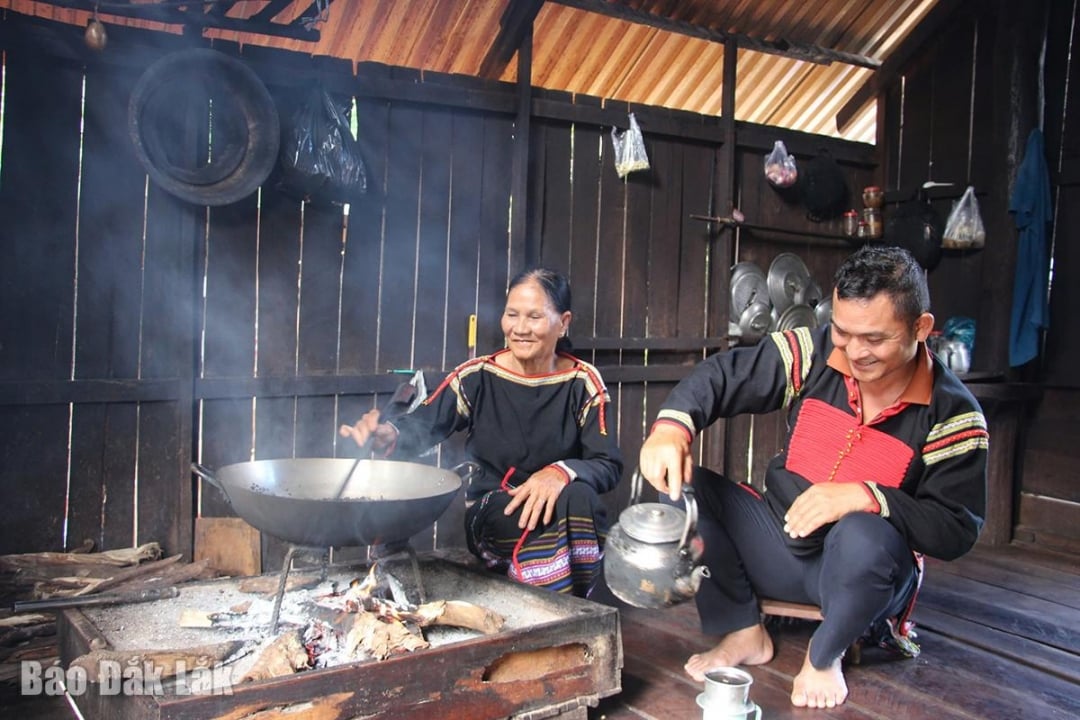 |
| Traditional hand-roasted coffee has a very special flavor that locals call smoky coffee. |
“The journey to take root and make a living with coffee trees is a difficult journey,” Mr. Toi shared about the ups and downs that he and other veteran farmers who have been attached to coffee trees for generations have experienced. Through hard work in reclaiming land, improving land, propagating, planting, and caring for them, they have opened up vast coffee plantations. The coffee harvest season is at the end of the year, so in order not to disrupt the biological rhythm of the trees, it is normal for farmers to celebrate Tet with coffee, and sometimes stay up all night watering the coffee on Tet. Coffee has helped change the lives of many farmers, but there were times when prices were unstable, pests and diseases, and unfavorable weather caused many farmers to go bankrupt. The most bitter thing was around 2000, when coffee prices dropped dramatically, many households were in trouble. The refrain of planting and cutting has never been old. From spontaneous production and business, when guided and supported by the government and associations, along with the spirit of learning and adapting, coffee farmers have become increasingly wise.
Sipping coffee, old farmer Do Hong Toi held his phone, his calloused fingers swiping quickly across the screen: "Now we farmers also go online, go to the market all the time to keep up with the situation and price fluctuations". He accessed the website of the Vietnam Coffee - Cocoa Association, Buon Ma Thuot Coffee Association, and then said loudly: "Look, after liberation, Dak Lak only had 6,224 hectares of coffee, now it has more than 210,000 hectares. In the 2023 - 2024 crop year, Dak Lak exported 264,404 tons of coffee; the export turnover accounts for 16.9% of the whole country, not a small amount. In Buon Ma Thuot alone, the coffee area is currently about 11,000 hectares, with an output of about 29,000 tons".
Although Mr. Toi's stories were brief over a cup of coffee, we felt the love of the land and people so that the coffee tree can still stand firm on this land and prove it with its existing values. On the journey of more than a hundred years of formation and development, Buon Ma Thuot City carries many milestones and historical missions. Buon Ma Thuot coffee beans have spread out to the continent, making their name on the world coffee map, starting from the hard work and diligence of farmers. In the land of the "capital" of coffee, whoever travels back and forth, to the four continents, the gift to send cannot be more meaningful than Buon Ma Thuot Coffee! It is impressive that in 2017, the Vietnam Record Organization - VietKings officially announced Buon Ma Thuot Coffee in the top 10 famous Vietnamese gift specialties. The geographical indication of Buon Ma Thuot Coffee has been protected in many countries.
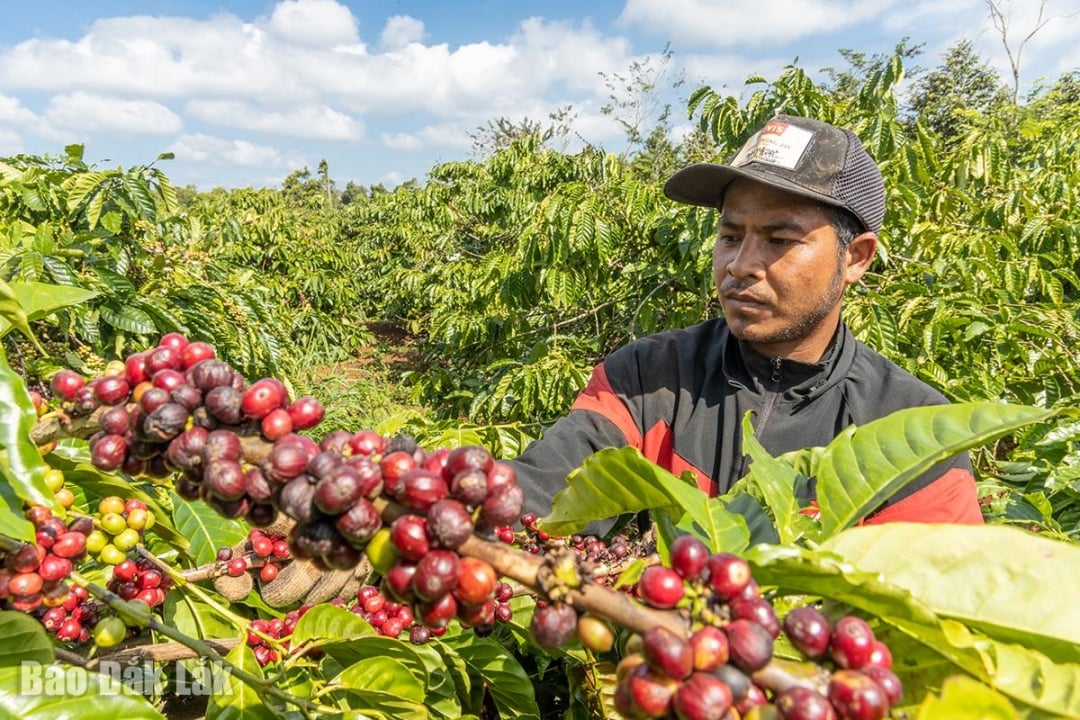 |
| Coffee beans contain the essence of heaven and earth and the hard work of farmers. Photo: Nguyen Gia |
The conversation with old farmer Do Hong Toi paused because he had an appointment with an agent to trade fertilizer for coffee plants. Before saying goodbye, he said that Buon Ma Thuot has about 1,000 coffee shops; if there is time, he will introduce all kinds of coffee tastes, from filter coffee, machine coffee to other variations to create drinks with names such as late, cappuccino, americano, coldbrew... Each taste comes with its own story. Although there are many ways to drink, many choices, for Dak Lak people, coffee has never tasted better than when roasted and ground by hand in the traditional way, which the locals call smoky coffee. If you witness the process of picking, selecting, drying, roasting and grinding, many people will be even more interested.
Curious about the so-called smoky coffee style, we went to Kmrong Prong B village, Ea Tu commune and talked with Ms. H'Bluân Nie, an Ede ethnic.
After 55 farming seasons, Ms. H'Bluân Nie still maintains the habit of roasting and grinding coffee to make drinks in the way that her mother taught her since she was a girl. She said that in the house, there can be nothing missing but roasted and ground coffee. The smell of coffee mixed with the smell of kitchen smoke has become a... nostalgic smell for the members of her long house.
Every fruit ripening season, she meticulously picks the ripe coffee beans to create the characteristic flavor of a cup of traditional coffee. However, in Ms. H'Bluân's memory, there is a kind of "superb" coffee. Those are the ripe coffee beans that the gardener has not yet picked, but the birds, squirrels, weasels... in the fields eat the sweet outer shell and spit the beans onto the ground. In the past, when we were kids like her, we went to pick coffee beans, and if we found these beans and brought them home to roast and drink, it would be considered the best.
First, she takes the beans home, peels them, dries them in the sun, then washes them to remove impurities, dries them on the stove, and then roasts them with firewood. The firewood used for roasting must be from the coffee tree itself to have the characteristic smoky aroma. Of course, the roasting process requires skill and requires monitoring the fire and the ripeness of the beans to create a pure delicious coffee flavor without the need to add any other additives.
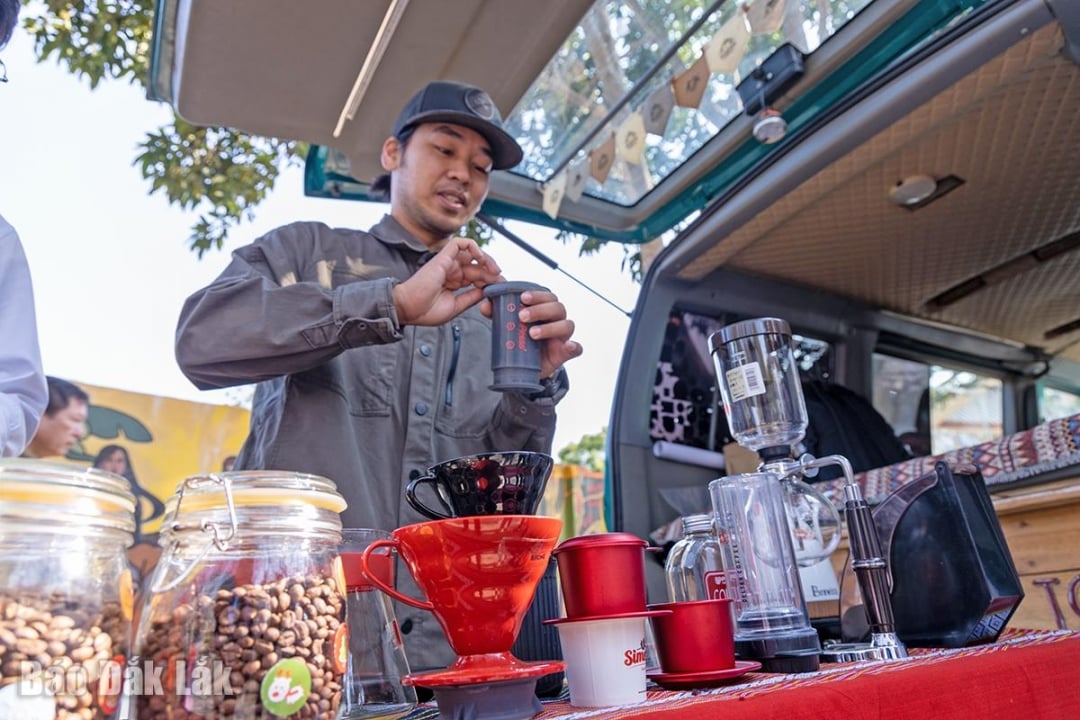 |
| Coffee has many different brewing styles. Photo: Nguyen Gia |
Every early morning, she and other women in the village carry baskets to the upstream wharf to get cool drops of water to boil and make coffee. With this traditional method of roasting and brewing, the coffee powder will be spongy, loose and separate, smooth, the color of cockroach wings, the water is clear and not black like regular coffee. A cup of coffee like that blends many flavors. From the coolness of the stream water, the pungent smell of kitchen smoke mixed with the bitter - astringent - sweet aftertaste of coffee beans. That is the reason why coffee fascinates the taste buds, becoming an addictive drink.
The story of old farmer Do Hong Toi and Ms. H'Bluan also made us addicted. They poured into their cups of coffee all their attachment, effort, bitterness, sweetness with the crops they grew for their livelihood, as the reason for their lives. And it is not only the biochemical components that make coffee addictive and intoxicating, perhaps there is also the carefulness, the salty taste of sweat, the pearl of achievement.
This special yeast has created a coffee culture area. The city government of Dak Lak province is determined to realize its aspiration: Building Buon Ma Thuot into a coffee city of the world.
Buon Ma Thuot these days is bustling and vibrant with the 9th Coffee Festival in 2025. The coffee party will make you addicted and intoxicated like us...!!!
Viet Minh Khoi
Source: https://baodaklak.vn/du-lich/202503/phuot-o-buon-ma-thuot-bai-cuoi-4891b53/






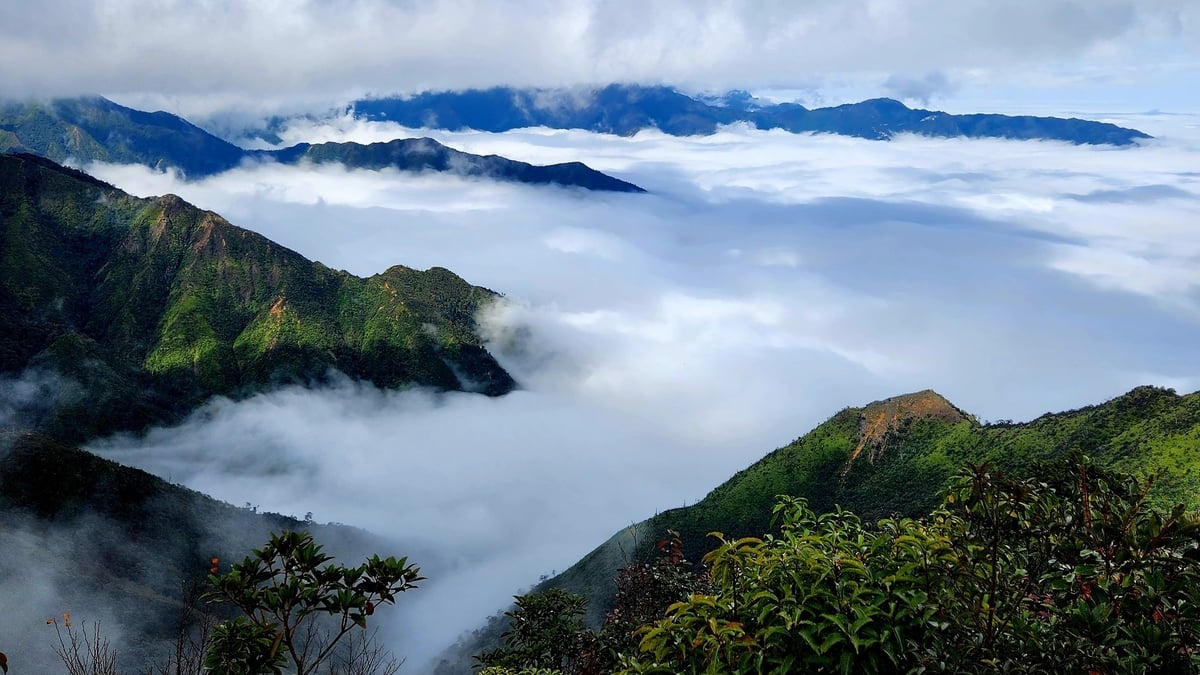



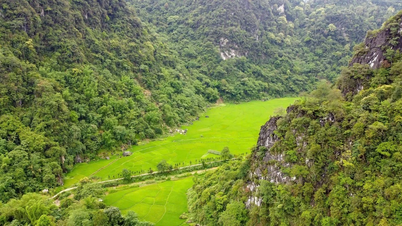





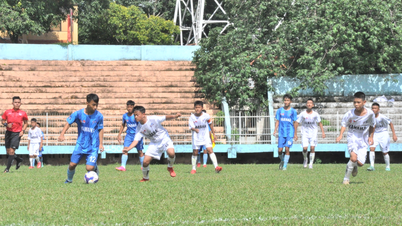







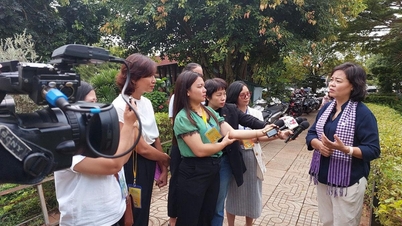

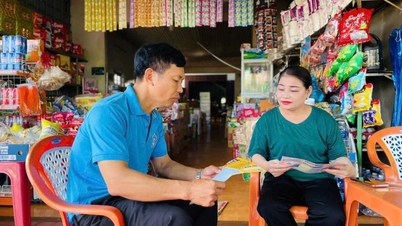

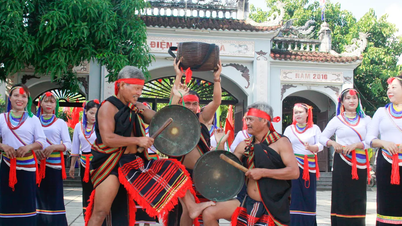

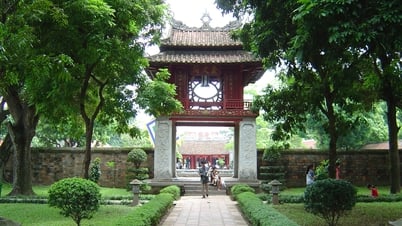

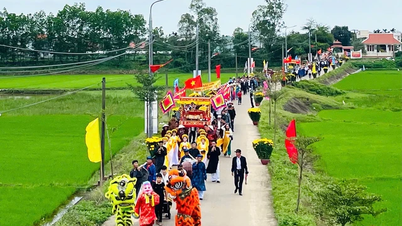





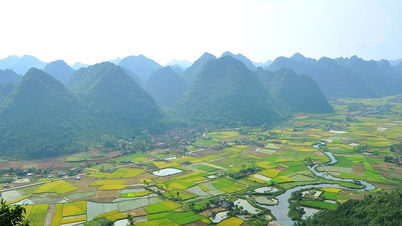



















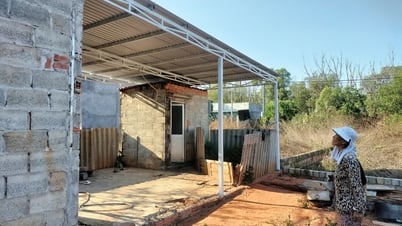















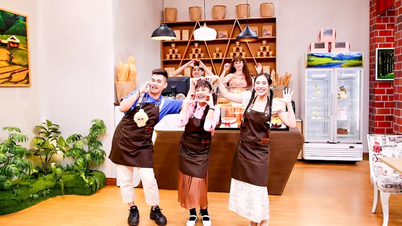



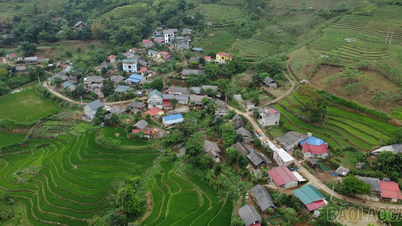

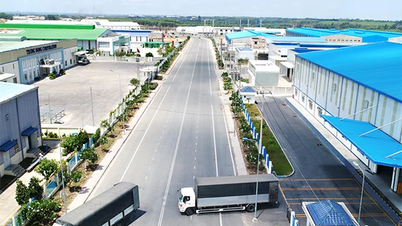

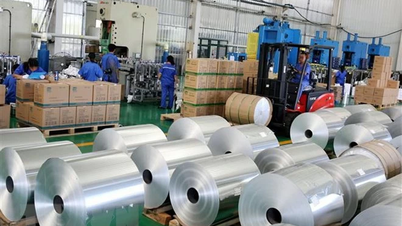
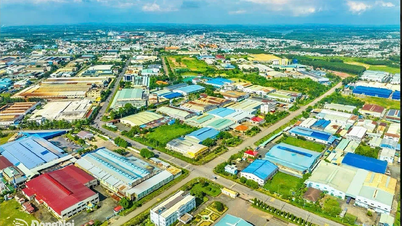





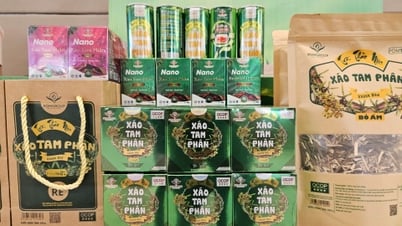
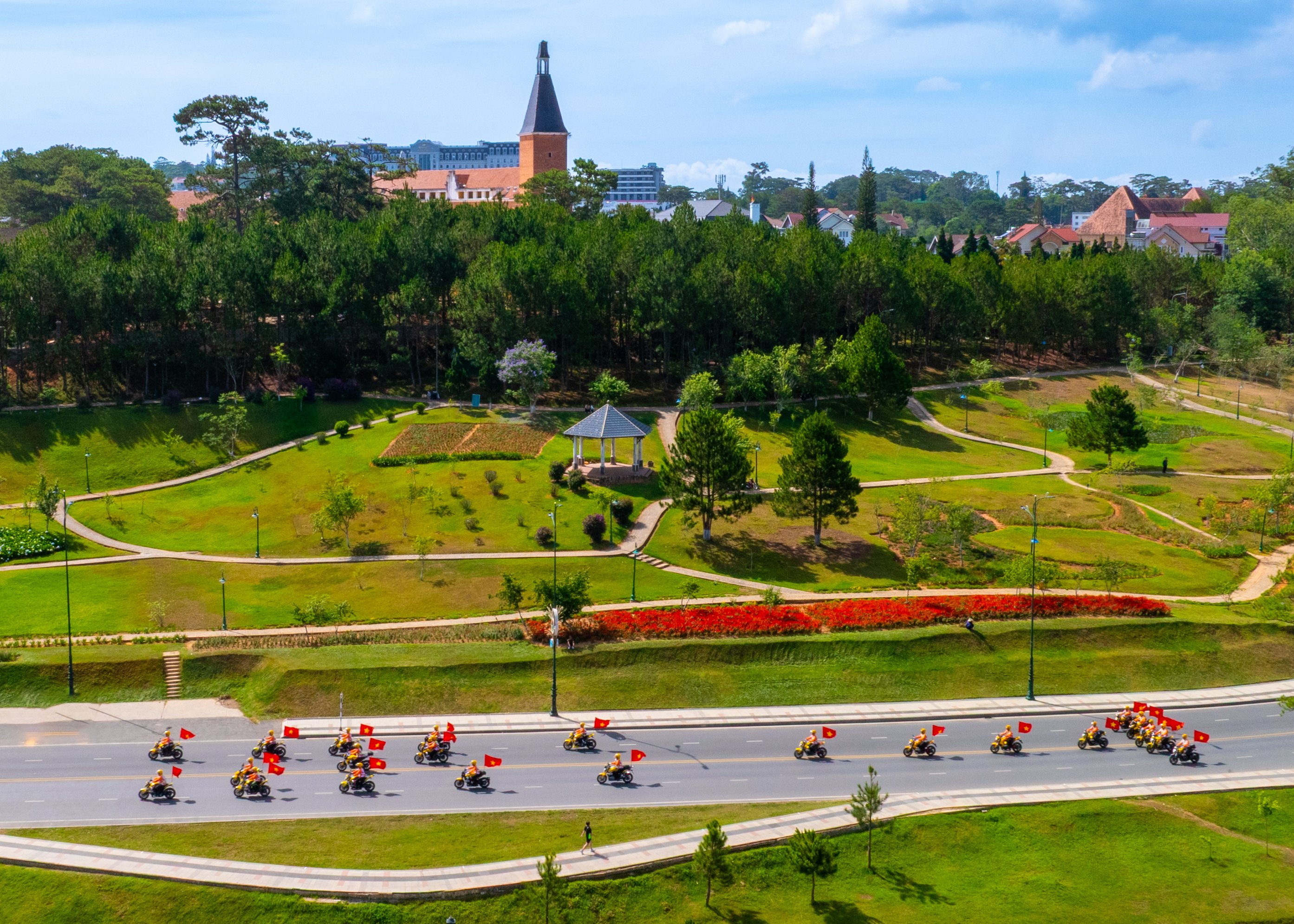
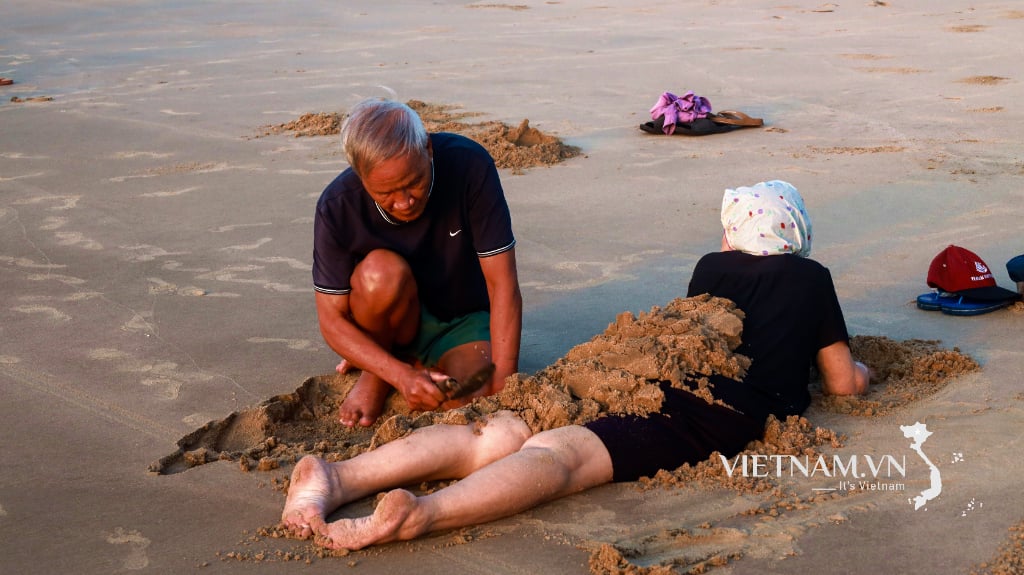
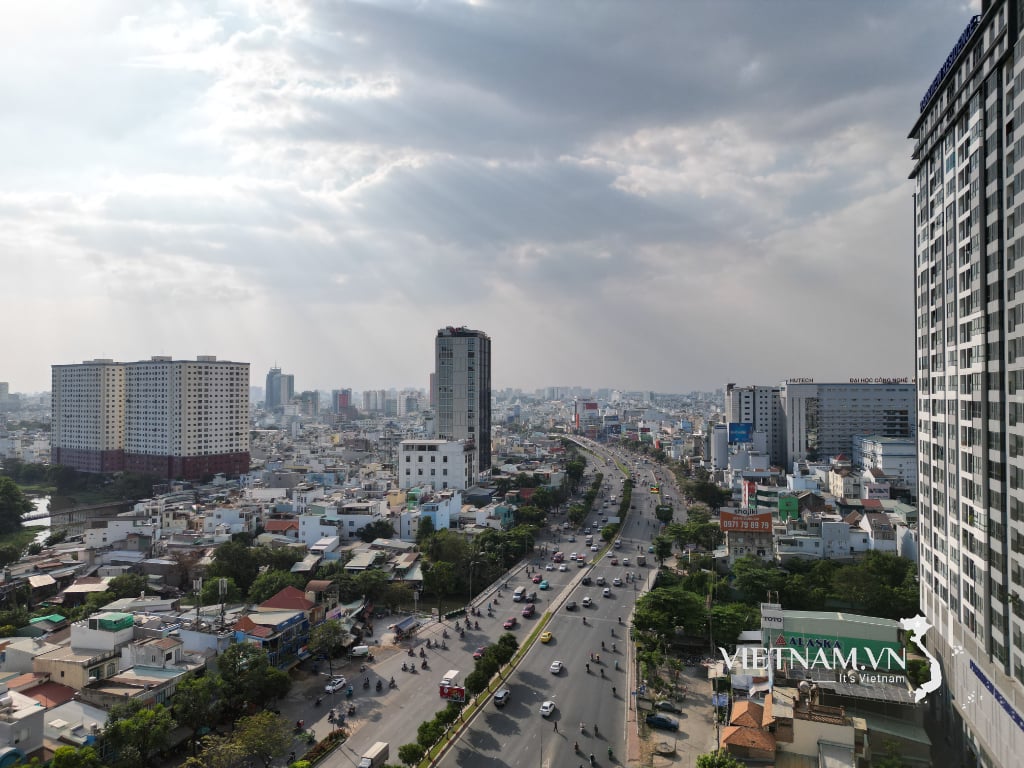

Comment (0)